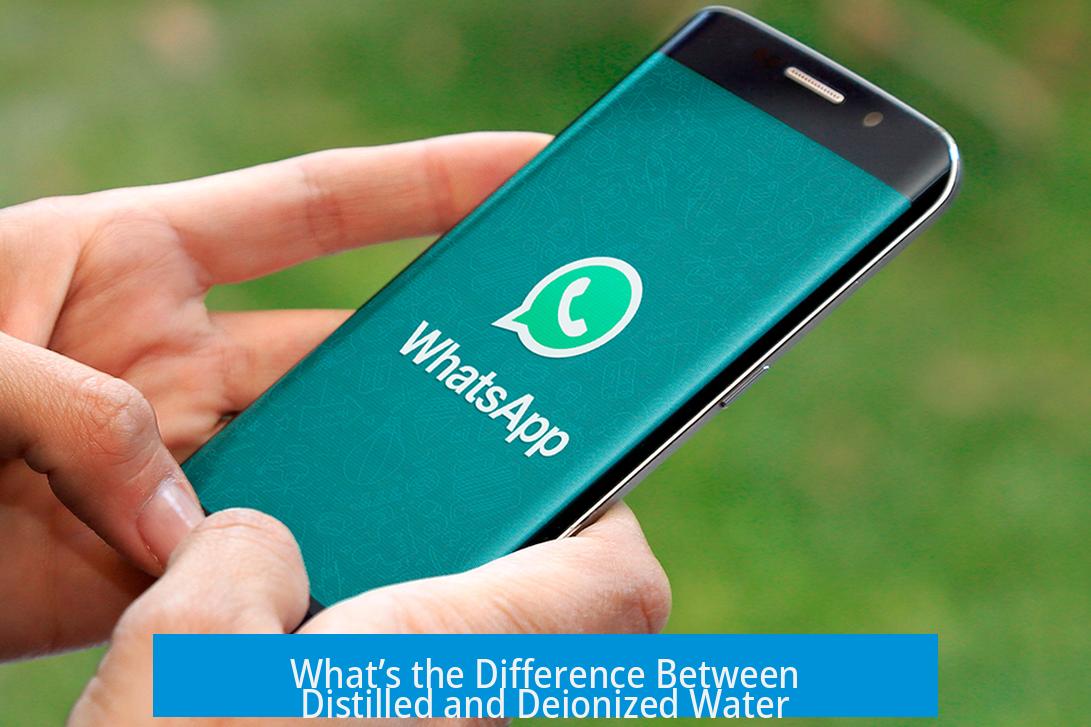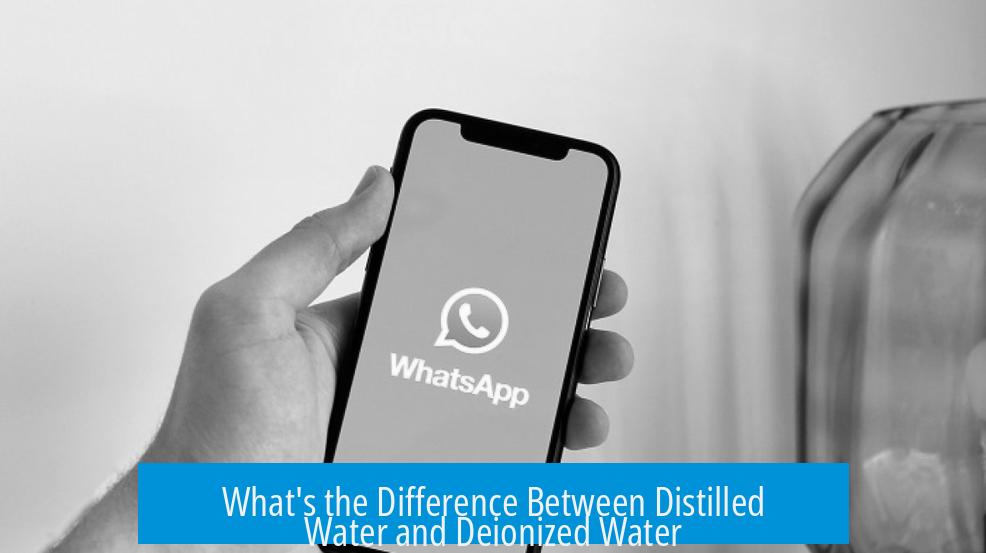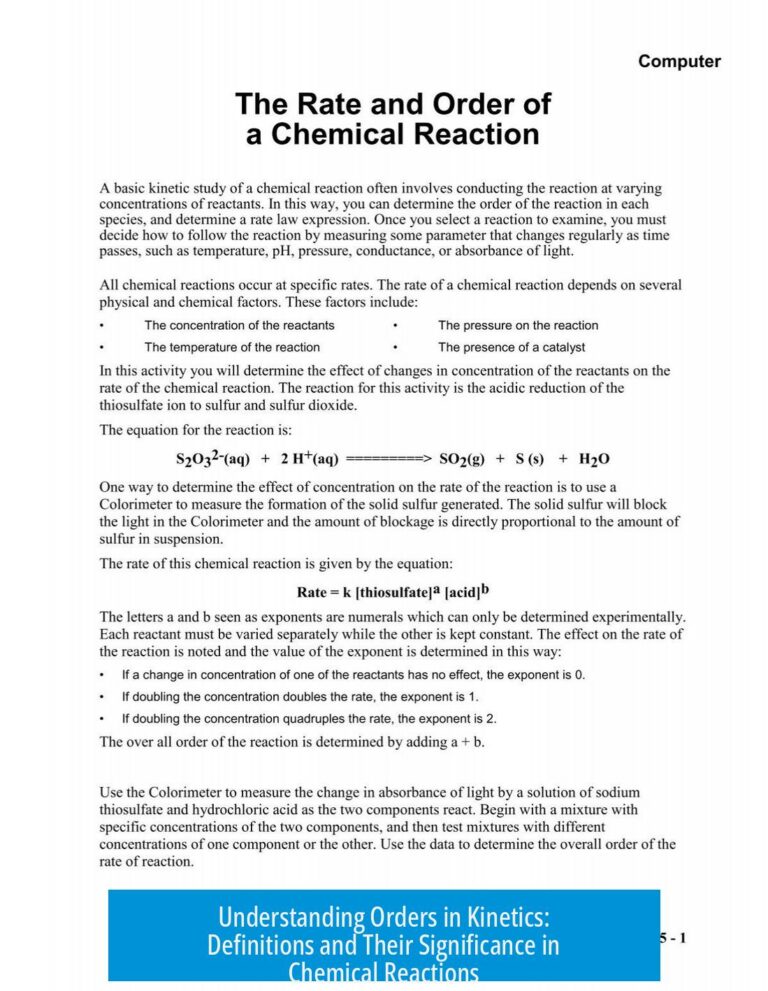What’s the Difference Between Distilled and Deionized Water?

Distilled water is produced by vaporizing water and then condensing the vapor, removing most impurities, while deionized water is created by passing water through ion-exchange resins that remove charged ions. Both types are highly purified but target different contaminants and involve distinct purification methods.
Definition and Purification Processes
- Distilled Water: This water undergoes boiling, where the water vaporizes and leaves many impurities behind due to their higher boiling points. The vapor condenses back into liquid water, largely free of minerals, salts, and many organic contaminants.
- Deionized Water: Water is passed through ion-exchange resins which specifically remove charged particles, such as cations (e.g., calcium, magnesium) and anions (e.g., chloride, sulfate). This process eliminates most dissolved ionic substances.
The processes differ fundamentally. Distillation relies on phase change and thermal separation, while deionization focuses on electrostatic removal of ions.
Purity Levels Compared

Both distilled and deionized waters are regarded as highly purified forms of water, often termed medium-grade purity. Distilled water may offer a slight advantage in purity due to the removal of a wide range of contaminants, including non-ionic organic compounds and microbes.
Deionized water excels at removing ionic contaminants but may still contain some non-ionic impurities if not combined with other treatment steps. Neither method alone typically achieves the highest purity standards required in certain analytical or pharmaceutical applications.
Water purified by advanced systems, such as double deionization (e.g., Milli-Q water), achieves resistivities near 18 MΩ·cm, indicating ultra-pure status that exceeds standard distilled or single-stage deionized water.
Cost and Volume Considerations
| Aspect | Distilled Water | Deionized Water |
|---|---|---|
| Cost | More cost-effective for small volumes | More economical when producing large volumes |
| Equipment | Requires distillation apparatus | Requires ion-exchange resin beds and periodic regeneration |
Small scale needs often favor distillation due to its comparatively lower initial investment and ease of operation. In contrast, deionization is preferred for large-scale or continuous supply as its resin columns process water quickly and cheaply over time.
Applications and Usage
Both distilled and deionized water serve similar roles in scientific laboratories, medical settings, and industrial processes. They are suitable for general laboratory experiments, cleaning sensitive instruments, and preparative chemistry.
Neither water type contains the mineral ions found in tap or bottled water, which can interfere with reactions or cause deposits.
Users typically select either based on availability, cost efficiency, or specific contaminant removal needs. There is no fundamental usage restriction differentiating the two in many practical settings.
Higher Purity Water Options
For cases demanding ultra-pure water, neither distillation nor basic deionization alone suffice. More advanced purification systems combine methods such as:
- Reverse osmosis
- Nanofiltration
- Electrodeionization
- Multi-step combinations of these methods
These technologies produce water with even fewer impurities, suitable for ultra-sensitive analytical work, pharmaceutical manufacturing, and semiconductor fabrication.
Water Purified by Both Methods
Some users seek water purified by both distillation and deionization to maximize contaminant removal. This combined approach offers the broadest spectrum purification and is often provided by specialty water suppliers.
Such products are typically used when the purest water is critical, but they come at a higher cost and may not be necessary for most routine applications.
Key Takeaways
- Distilled water is purified by boiling and condensation, removing most impurities with higher boiling points.
- Deionized water is purified by ion-exchange resins that remove charged ions and dissolved minerals.
- Both types are highly pure, but distilled water may remove a wider range of contaminants than deionized water alone.
- Distillation is cheaper for small quantities; deionization is more cost-effective for large-scale production.
- Applications overlap considerably; both serve well in industrial and laboratory contexts.
- Ultra-pure water requires combining distillation or deionization with additional purification methods.
- Water treated by both distillation and deionization is available for highest purity needs.
What is the main process difference between distilled and deionized water?
Distilled water is made by boiling water to create vapor, then condensing it back to liquid. Deionized water passes through ion-exchange resins that remove charged ions.
Which type of water is generally purer, distilled or deionized?
Distilled water may have a slight edge in purity. Both are very pure but not the highest grade. Water like 18 MΩ Milli-Q water is purer than either.
When is distilled water more cost-effective than deionized water?
Distilled water is cheaper for small quantities. Deionized water becomes cost-effective when needed in larger volumes.
Can distilled and deionized water be used interchangeably?
Yes. Both types are high purity and suitable for many industrial and laboratory uses. They behave similarly across most applications.
How can you obtain water purer than just distilled or deionized?
Higher purity water is made by combining methods like reverse osmosis, nanofiltration, or electrodeionization along with distillation or deionization.





Leave a Comment